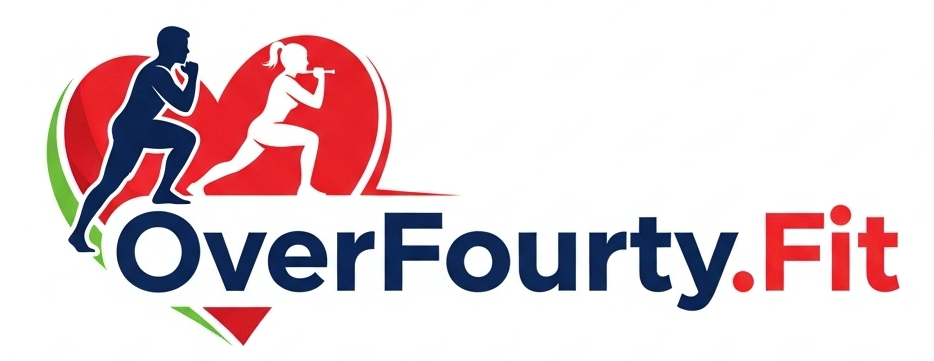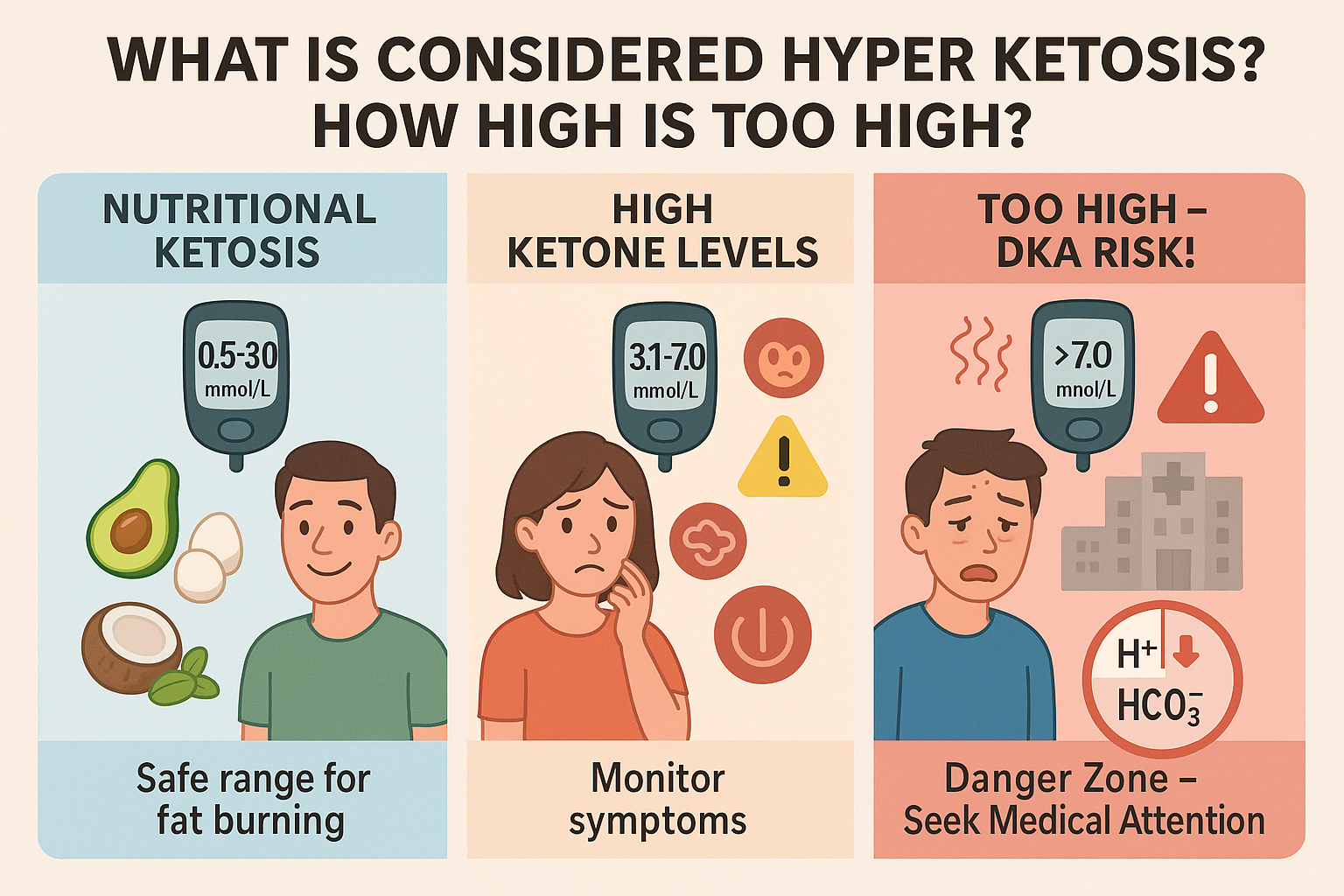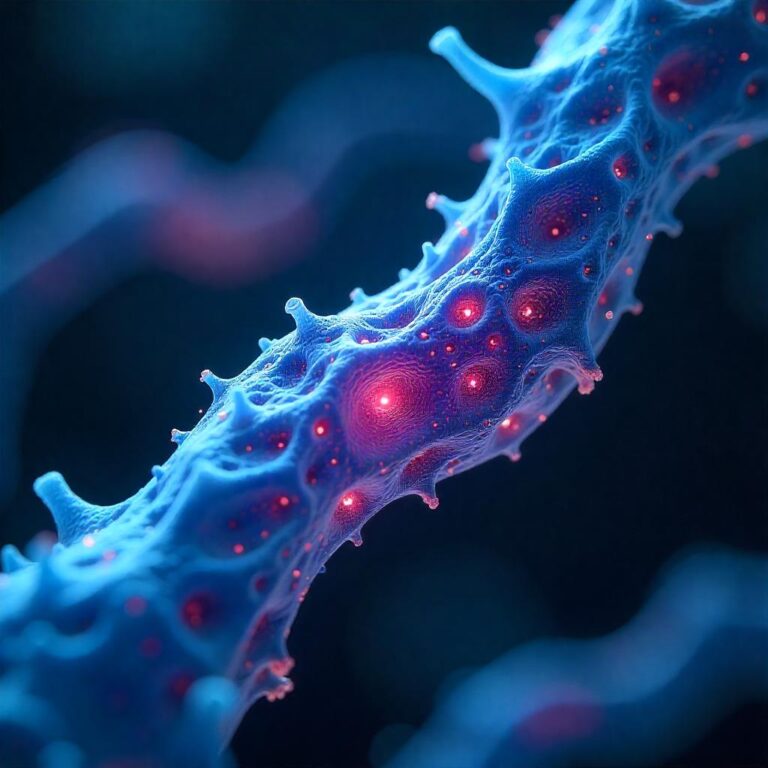What Is Considered Hyper Ketosis? How High Is Too High?
The answer is: Hyperketosis is a state where ketone levels go above 3.0 mmol/L. This usually happens with strict keto diets, fasting, or certain medical conditions. While beneficial for rapid fat loss, sustained hyperketosis can be dangerous if not monitored properly.
What Is Hyperketosis?
Hyperketosis occurs when your body produces very high ketones (beta-hydroxybutyrate/BHB) as an alternative fuel source. This happens when:
- Carbohydrate intake drops below 20–30g/day
- Glycogen stores are fully depleted
- The liver maximizes fat breakdown
Key Thresholds:
| Ketone Level (mmol/L) | Metabolic State |
|---|---|
| 0.1–0.5 | Light ketosis (post-exercise/light fasting) |
| 0.5–3.0 | Nutritional ketosis (fat-burning zone) |
| 3.0–8.0 | Hyperketosis (accelerated fat loss) |
| >8.0 | Ketoacidosis (dangerous; requires medical help) |
(Source: American Journal of Clinical Nutrition)
What Is the Hyper Ketosis Diet?
A hyperketosis diet is an ultra-strict version of keto designed to push ketones higher for therapeutic benefits (e.g., epilepsy management, extreme fat loss).
Key Features:
- Carbs: <10–15g/day (vs. 20–50g on standard keto)
- Protein: Moderate (to avoid gluconeogenesis)
- Fats: 80–85% of calories
- Tools Used: MCT oil, exogenous ketones, intermittent fasting
Who Should Avoid It?
- Type 1 diabetics (risk of ketoacidosis)
- Pregnant/nursing women
- Those with liver/kidney issues
What Is the Hyper Ketosis Diet Plan?
Sample 1-Day Meal Plan
| Meal | Foods | Net Carbs |
|---|---|---|
| Breakfast | 3 eggs + 1 tbsp MCT oil + spinach | 2g |
| Lunch | Avocado + grilled salmon + olive oil | 3g |
| Dinner | Ribeye steak + roasted Brussels sprouts + butter | 4g |
| Snack | Macadamia nuts (1/4 cup) | 1g |
| Total | 10g carbs |
Pro Tips:
- Drink electrolytes (sodium, magnesium, potassium) to avoid “keto flu.”
- Test ketones daily with a blood meter (urine strips are unreliable for hyperketosis).
Are There Different Levels of Hyperketosis?
Yes! Intensity depends on ketone production:
- Mild Hyper Ketosis (3.0–5.0 mmol/L)
- Achieved via fasting or strict keto.
- Safe for short-term fat loss.
- Severe Hyperketosis (5.0–8.0 mmol/L)
- Seen in prolonged fasting (>48 hours) or therapeutic keto.
- Risk of dehydration/nutrient deficiencies.
- Danger Zone (>8.0 mmol/L)
- Ketoacidosis (life-threatening; common in uncontrolled diabetes).
What Counts as Ketosis?
Ketosis begins at 0.5 mmol/L of blood ketones. Optimal ranges:
- Weight Loss: 1.5–3.0 mmol/L
- Mental Clarity/Endurance: 0.5–1.5 mmol/L
Testing Methods:
- Blood Ketone Meter (most accurate)
- Breath Analyzer (measures acetone)
- Urine Strips (cheap but unreliable long-term)
What Is a Safe Level of Ketosis?
For most people, a concentration of 1.0–3.0 mmol/L is considered safe and effective. Exceptions:
- Athletes: May dip to 0.5 mmol/L post-carb refeed.
- Therapeutic Keto: Epilepsy patients target a blood glucose level of 4.0 mmol/L or higher under medical supervision.
Red Flags:
- Blood ketones >5.0 mmol/L + nausea/vomiting → Seek help.
- Fruity breath + confusion → Possible ketoacidosis.
How Do I Know If I’m in Deep Ketosis?
You’re likely in deep ketosis if your blood ketone levels measure between 3.0–5.0 mmol/L and you experience sustained energy, mental clarity, and reduced hunger. Here’s how to confirm:
4 Key Signs of Deep Ketosis
- Blood Ketones 3.0+ mmol/L
- Gold-standard test (urine strips become unreliable at this stage).
- Strong Mental Focus
- Stable brain energy from ketones (no afternoon crashes).
- Physical Signs
- Metallic/keto breath (from acetone excretion).
- Reduced appetite (fat satiety signals kick in).
- 24/7 Energy
- No carb cravings, steady endurance during workouts.
Testing Methods Compared
| Method | Best For | Deep Ketosis Range | Accuracy |
|---|---|---|---|
| Blood Meter | Precision | 3.0–5.0 mmol/L | ★★★★★ |
| Breath Analyzer | Acetone tracking | >40 ppm (deep ketosis) | ★★★★☆ |
| Urine Strips | Beginners | Unreliable past week 2 | ★★☆☆☆ |
Pro Tip: Test ketones fasting in the AM for the most accurate readings.
Who Should Avoid Deep Ketosis?
- Type 1 diabetics (risk of ketoacidosis).
- Those with adrenal fatigue or thyroid issues.
- Pregnant/nursing women.
Caution: Levels >5.0 mmol/L may indicate dehydration or illness—hydrate and check electrolytes!
Bottom Line: Deep ketosis is powerful for fat loss, but temporary. Cycle back to 1.0–3.0 mmol/L for long-term sustainability.
(Need help interpreting your numbers? Drop a comment below!)
Ketosis Is Commonly Observed In…
- Low-Carb Dieters (Keto, Atkins)
- Fasters (Intermittent or prolonged)
- Breastfed Infants (Nature’s keto adaptation!)
- Uncontrolled Diabetics (Dangerous ketoacidosis)
What Are Considered High Ketones?
- Moderate High: 3.0–5.0 mmol/L (manageable with hydration)
- Very High: 5.0–8.0 mmol/L (monitor symptoms)
- Dangerous: >8.0 mmol/L (ER visit needed)
Final Thought: What Is Considered Hyper ketosis?
Hyperketosis can turbocharge fat loss but isn’t sustainable (or safe) long-term. Use it strategically for short goals, then return to mild ketosis (1.0–3.0 mmol/L) for maintenance.
What level of ketosis is too high?
For most people, a concentration of 1.0–3.0 mmol/L is considered safe and effective. Exceptions:
Athletes: May dip to 0.5 mmol/L post-carb refeed.
Therapeutic Keto: Epilepsy patients target a blood glucose level of 4.0 mmol/L or higher under medical supervision.
Red Flags:
Blood ketones >5.0 mmol/L + nausea/vomiting → Seek help.
Fruity breath + confusion → Possible ketoacidosis.
Is 4.0 too high for ketosis?
Yes! Intensity depends on ketone production:
Mild Hyperketosis (3.0–5.0 mmol/L) Achieved via fasting or strict keto.
Safe for short-term fat loss.
Severe Hyperketosis (5.0–8.0 mmol/L) is seen in prolonged fasting (>48 hours) or therapeutic keto.
Risk of dehydration/nutrient deficiencies.
Danger Zone (>8.0 mmol/L) Ketoacidosis (life-threatening; common in uncontrolled diabetes).
At what ketone level do you start losing weight?
Ketosis begins at 0.5 mmol/L of blood ketones. Optimal ranges:
Weight Loss: 1.5–3.0 mmol/L
Mental Clarity/Endurance: 0.5–1.5 mmol/L
Testing Methods:
Blood Ketone Meter (most accurate)
Breath Analyzer (measures acetone)
Urine Strips (cheap but unreliable long-term)
How do I know if I’m in deep ketosis?
You’re likely in deep ketosis if your blood ketone levels measure between 3.0–5.0 mmol/L and you experience sustained energy, mental clarity, and reduced hunger. Here’s how to confirm:
4 Key Signs of Deep Ketosis.
Blood Ketones 3.0+ mmol/L
Gold-standard test (urine strips become unreliable at this stage).
Strong Mental Focus
Stable brain energy from ketones (no afternoon crashes).
Physical Signs
Metallic/keto breath (from acetone excretion).
Reduced appetite (fat satiety signals kick in).
24/7 Energy
No carb cravings, steady endurance during workouts.
Testing Methods Compared
Method
Best For
Deep Ketosis Range
Accuracy
Blood Meter
Precision
3.0–5.0 mmol/L
★★★★★
Breath Analyzer
Acetone tracking
>40 ppm (deep ketosis)
★★★★☆
Urine Strips
Beginners
Unreliable past week 2
★★☆☆☆
Pro Tip: Test ketones fasting in the AM for the most accurate readings.
Who Should Avoid Deep Ketosis?
Type 1 diabetics (risk of ketoacidosis).
Those with adrenal fatigue or thyroid issues.
Pregnant/nursing women.
Caution: Levels >5.0 mmol/L may indicate dehydration or illness—hydrate and check electrolytes!
Bottom Line: Deep ketosis is powerful for fat loss, but temporary. Cycle back to 1.0–3.0 mmol/L for long-term sustainability.
(Need help interpreting your numbers? Drop a comment below!)







